This feature is from our mini-series on robotics and animatronics, read more: Robots in the workforce - could the UK miss out?
From robot pickers gentle enough to pluck ripe raspberries, to automated milking machines and uber efficient vertical indoor farms, new technology is tackling yield, productivity and labour shortages from every angle.
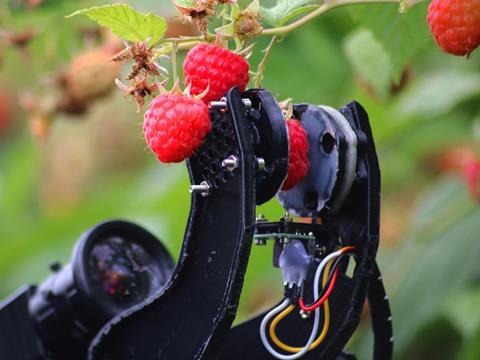
1. The fruit picker
Hall Hunter Partnership, one of the leading growers of soft fruits in the UK, with customers including Tesco, M&S and Waitrose, has become the first UK supplier to trial early prototypes of a robotic raspberry picker.
The robot has been developed by Fieldwork Robotics, a spin-out from the University of Plymouth, with the finished product designed to gently pluck the ripest raspberries. It’s a work in progress though.
“Selective harvesting is hard for robots,” explains Dr Martin Stoelen, director of Fieldwork Robotics. “Sensors and algorithms are needed to figure out when the fruit is ripe and when there’s a disease. You need the manipulation technology to get to the fruit and handle it gently, especially raspberries, so as not to cause blemishes before putting it in a punnet. And the environment is different from a factory, where everything is controlled – there’s going to be obstacles which sunlight could make difficult to detect. It’s a variable, complex problem.”
But once on the market in up to five years, Stoelen says the fruit picker could reduce the cost of manual harvesting, amid the threat of labour shortages, and make growers more competitive against imports. There would also be no large initial investment, with robots hired out.
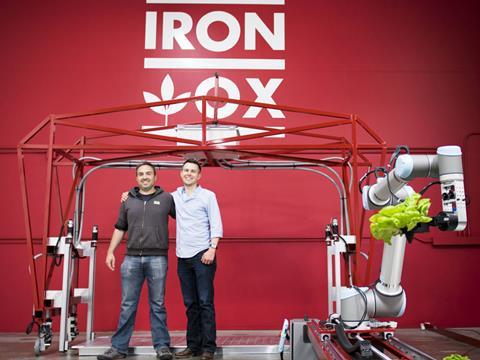
2. The automated greenhouse
Founded three years ago, US startup Iron Ox has a futuristic approach to greenhouse farming. Its indoor hydroponic farm is automated from seeding to harvest using two patented technologies – a robotic arm and mobile transport. And the supplier says just one of these square-acre farms provides the same yearly yield as 30 acres of traditional farmland. So how does it work?
“During each phase of a plant’s life cycle, the mobile transport robot moves the trays to different parts of the farmhouse,” explains CEO Brandon Alexander. “The growing system starts with custom hydroponic trays filled with nutrient-rich water. The trays each have different hole spacing, meaning some trays have holes that are further apart than others to accommodate for growing plants. For example, baby plants start off in a more densely packed tray until they graduate to trays with more room as they continue to grow.
“While the mobile transport robot moves trays of plants, the robotic arm is tasked with transplanting individual plants to a tray. The robotic arm has a built-in stereo camera that can simultaneously build a 3D image of each plant and detect things like diseases or mildew.”
This allows Iron Ox to grow local produce using 90% less water – and two-and-a-half times cheaper than vertical and outdoor farms, all without the use of pesticides.

3. Coinstar for coffee
Two billion cups of coffee are consumed worldwide every day, according to the British Coffee Association. But the coffee supply chain has been called ‘antiquated’, with payments often delayed to those who pick coffee cherries (the raw ingredient).
That inspired US tech firm Bext360 to develop a Coinstar-like machine into which farmers can put the cherries while out in the field. The machine then uses vision systems and artificial intelligence to grade the coffee quality as A, B or C and can make an electronic payment to the farmer if they accept the price offered.
Bext360 is currently working with partners like roaster Coda Coffee, and it announced in June it had received $2.2m (£1.7m) in seed funding, which CEO Daniel Jones says will be used to expand into other areas such as cocoa.

4. The seasonal worker
Picking isn’t easy. Not only does it require a delicate touch, but the fruit needs to be found and assessed for ripeness. But Cambridge startup Dogtooth Technologies has developed a robot it claims can do exactly that with strawberries.
A robotic arm picks the fruit by the stalk rather than the berry itself after several computer vision systems identify ripe fruit.
Paying the robot will be similar to a seasonal worker, at least to start, with growers charged a set amount per kg picked when the robot comes to market in the next year or two. Director Dr Duncan Robertson says the robots are undergoing trials in the UK to address issues before deploying “a much larger number in 2019”.
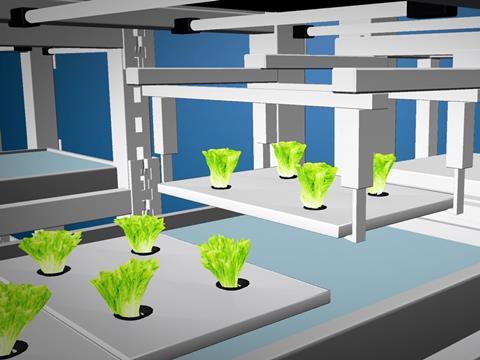
5. The indoor vertical farm
Set to open in the autumn, Techno Farm, an innovation by Japanese grower Spread, is able to produce a whopping 30,000 heads of lettuce every day, amounting to 1,000 tonnes of the vegetable each year, a 43% increase on conventional crops. The lettuce heads are grown hydroponically without soil or sunlight through a process that is fully automated, from seedling to harvest.
Compared with Spread’s conventional Kameoka Plant in Kyoto, the Techno Farm has reduced labour costs by 50% through automated cultivation. And this isn’t the only benefit, according to Spread. The risk of contamination is minimised where there are no human workers in the cultivation area and the yield per square metre is increased by locating the cultivation racks closer together.
The strictly regulated environment prevents any variance in temperature, humidity, wind velocity and light intensity, enabling uniform rapid growth across the 3,500m² building. And specialised LED lighting tailored to vegetables cultivated in indoor vertical farms reduces energy consumption by 30%, compared with Kameoka. Standardising the operations within the farm could also lead to a more uniform quality of products, according to the company.
Using the internet of things technology, where devices are connected via a network to enable the exchange of data, analyses on cultivation and operations can also be remotely collected and shared.
The Japanese company has global ambitions of seeing its indoor vertical farm spread to urban environments around the world too, with the first set to open in the city of Kizugawa.
With technology to control the growing environment, it’s easy to see how this futuristic technology could be a solution for countries facing extreme weather that destroys crops, including the UK’s own heatwave this summer.
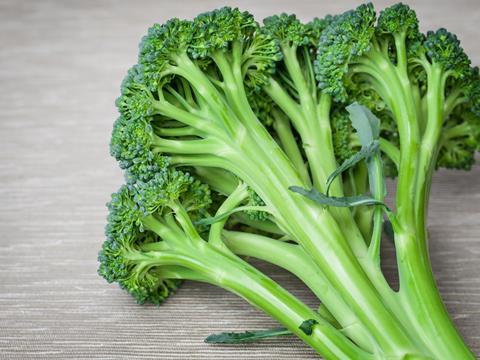
6. The broccoli harvester
A robot that could help to fully automate broccoli harvesting is being developed by the University of Lincoln. Tests are being carried out on 3D camera technology, which the robot will use to identify broccoli heads and know when they are ready to be harvested.
The project could significantly reduce production costs, according to the university, which is one of 70 companies and universities across the UK to share funding through the government’s £70m Agri-Tech Catalyst initiative. This scheme aims to help innovative projects in the agri-tech sector become commercialised, which could be in as little as two years for the robotic harvester, according to its creators.

7. The apple vacuum
Three quarters (73%) of US consumers purchase apples each week, according to the Produce Marketing Association. So it’s not surprising a Californian startup is using automation to increase the yield of apple orchards.
Fruit & vegetables have proven difficult to automate,” says Dan Steere, CEO of Abundant Robotics, which is developing the world’s first robotic apple harvester. The vacuum fruit picker sucks ripe apples off trees and avoids bad apples through advanced vision systems, placing the fruit undamaged into crates.
The system has not been introduced commercially and Steere is keen not to upset the apple cart by giving too much away. However, with 2,500 varieties of apple grown in the US each needing its own vision system, commercialisation could be a slow process.
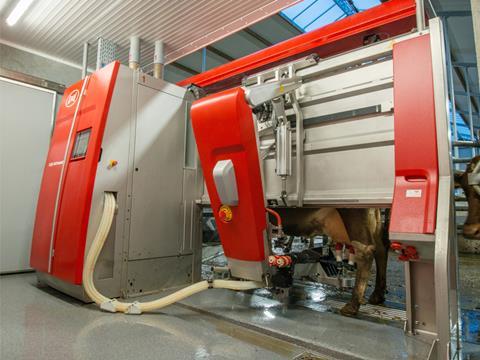
8. A truly modern milker
Court Farm in Gloucester is part of a growing trend towards robotic milking, with the EU estimating that by 2025, 50% of dairy herds in Europe will be milked robotically.
Productivity has improved “immensely” since Court Farm made the switch to robots nearly a year ago, according to owner Calvin Pugh. “My wife and I were spending five-and-a-half hours a day milking cows. They needed milking more than twice a day and were having health issues because of this. Now, we still spend quite a bit of time with the cows, but it’s more flexible. And the cows have increased their yield by around 20%. A lot of the health issues went away when we switched to robotic milking too.”
And this is usually the case, according to Lely, which develops the milking machines. The company says that when left to their own discretion the cows will take themselves to the robot for milking more frequently than a farmer would be able to milk them due to time constraints. The robot will also take a large amount of data from the cow during the milking process, allowing symptoms of diseases such as mastitis to be flagged early on.
With demand for these robot solutions increasing – which Lely puts down to awareness of pending labour shortages and the inclusion of robotic milking systems in the current round of grants – this modern milking method could soon become the norm.
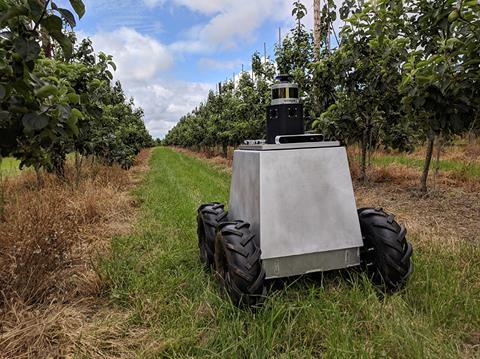
9. The self-driving bot
Robots are venturing out of the warehouse and into the field. Tech firm Cambridge Consultants is developing an autonomous vehicle that uses a plethora of sensors to create a map, allowing it to drive unaided outside.
The vehicle is “a platform which can be used as infrastructure for a variety of different challenges”, says head of robotics Chris Roberts. For example, it could be developed to check all the grapes in a vineyard for ripeness or inspect them for disease.
But for it to be cost-effective, an equipment manufacturer would need to develop the vehicle into a product to sell to farmers as part of a service agreement. “People who require the technology need to convince manufacturers to develop it. Then it’s not a single installation that bears all the development costs,” says Roberts.
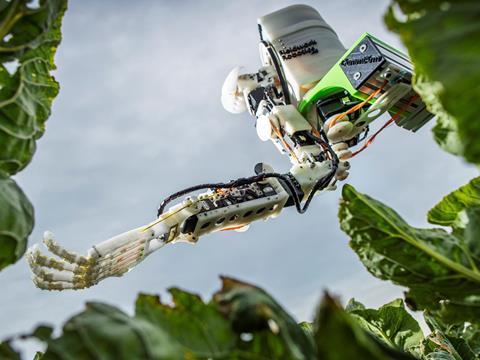
10. The ‘human hand’
A field in Cornwall is the first to use robots to harvest cauliflowers. The University of Plymouth has developed a bot to mimic the human hand, the GummiArm, which is being trialled with grower Riviera Produce and funded by Agri-tech Cornwall.
Harvesting a cauliflower is more difficult than it might seem, including knowing when the brassica is ready to harvest. The tech overcomes this using cameras and sensors.
And despite fears over robots causing job losses, Dr Martin Stoelen, a lecturer in robotics at the university who created the GummiArm, says these robots could have quite the opposite effect. “Robots could generate some highly paid jobs in maintaining the technology or supervising the robots while they work.”







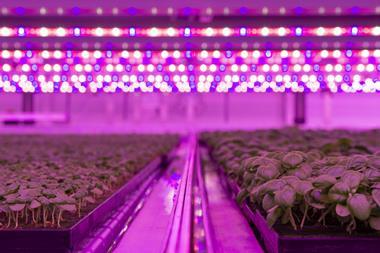
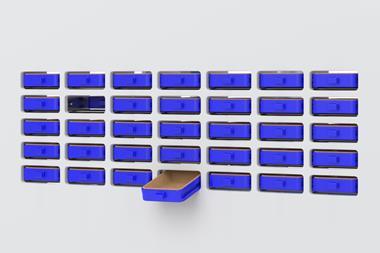

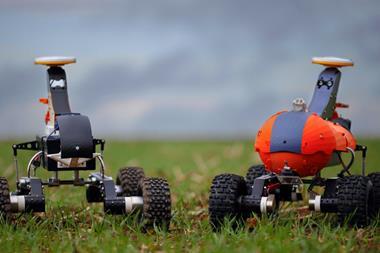
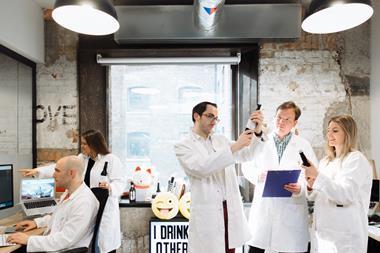







No comments yet